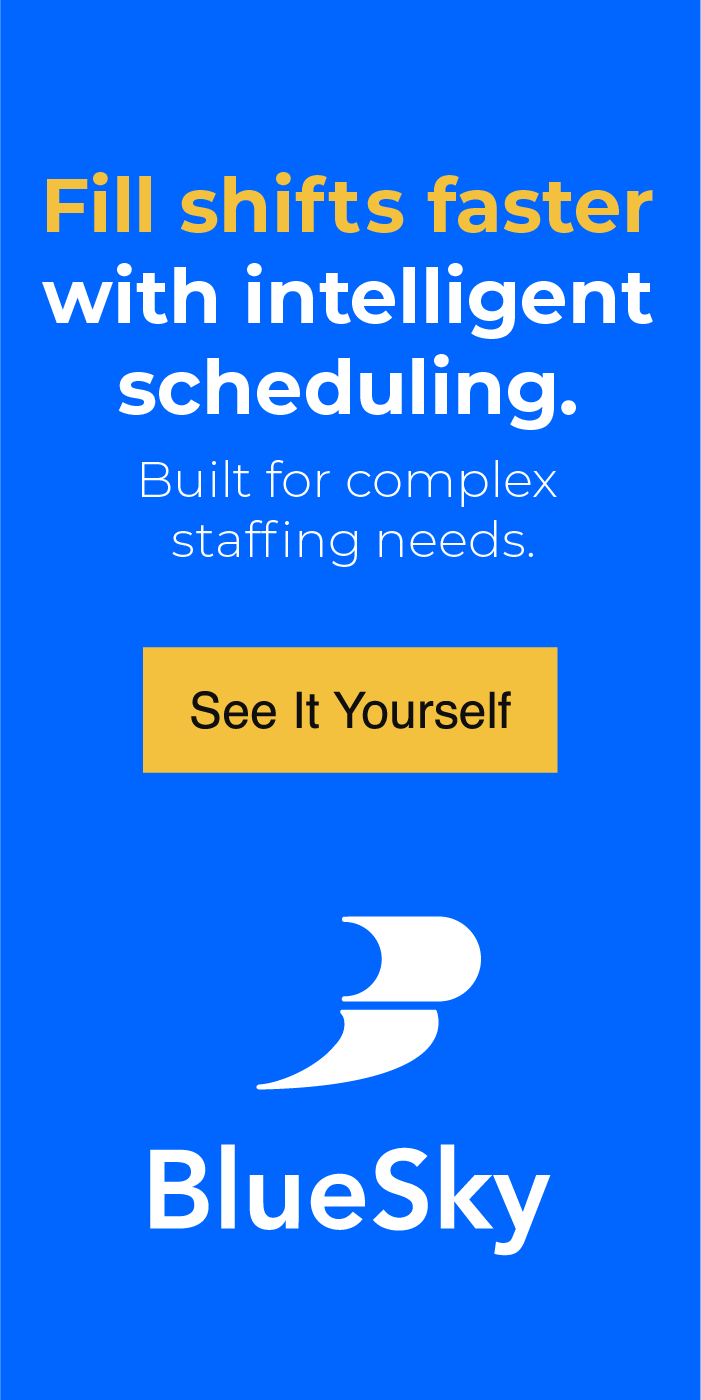Short holding periods and return targets in private equity in healthcare can turn “efficiency” into extraction—squeezing staff, service lines, and communities to hit a 3–5 year exit. In healthcare staffing, PE-backed agencies/MSPs/VMS platforms often amplify the problem: lock-ins, opaque bill rates, and workforce volatility that look good on EBITDA and bad on patients, clinicians, and hospital balance sheets.
The clock that distorts care in private equity healthcare deals
Most PE funds run on a 3–5 year hold. That clock rewards moves that lift EBITDA fast—debt-fueled deals, price/billing “optimization,” workforce cuts—while deferring investments that take longer to pay back (staff development, prevention, access). The bill comes due after the exit.
How “efficiency” becomes extraction in private equity healthcare staffing
1) Staffing pressure that outruns safe care
- Thinner skill mix, stretched ratios, reduced preceptor time. (Hospital Staffing Slashed, Mortality Rises: The Private Equity Effect)
- Reliance on premium contractors to paper over churn—followed by punitive conversion fees or non-portable candidate databases that keep hospitals dependent.
2) Service-line trimming
- OB, behavioral health, and rural EDs are first on the chopping block; access erodes, acuity (and cost) rises elsewhere.
3) Financial engineering that crowds out care
- Dividend recaps, sale–leasebacks, and affiliate markups drain cash that should fund staffing, equipment, and quality.
4) Billing uplift without outcomes
- Upcoding, facility fees, and ancillary stacking show revenue gains without clinical value—patients experience them as higher out-of-pocket costs.
The staffing sector: extraction on steroids in private equity healthcare
PE has poured into agencies, MSPs, and VMS/EOR platforms—the very pipes that control contingent labor. When the exit clock rules, common patterns emerge:
- “Vendor-neutral” in name only: Volume steered to affiliated agencies; third parties get the leftovers.
- Opaque bill rates: Pay vs. burden vs. fees blurred; “discounts” mask margin moved to another affiliate.
- Database capture: The vendor owns the candidate pool and you can’t export it—or only at high cost/in unusable formats.
- Punitive conversion terms: Hospitals pay steep fees to hire contractors they’ve already trained and mentored.
- Crisis surge pricing baked in: Contracts permit unilateral increases during shortages with weak transparency and no claw-backs.
- Credentialing as a bottleneck: Slow onboarding preserves the vendor’s leverage and justifies premium pricing.
Net effect: hospitals rent talent they could have owned, pay more for less control, and see turnover accelerate as clinicians bounce between highest bidders.
Who pays the hidden tax?
- Patients: fewer local options, longer waits, higher bills.
- Clinicians: burnout from unstable teams and throughput quotas.
- Hospitals: permanent dependence on external labor, rising costs, brittle operations.
- Communities: service deserts and the loss of training pipelines.
- Future owners: inherit debt, deferred capex, and cultural damage.
Early warning indicators of extraction (staffing-focused)
- Rising agency mix without a plan to build internal float/gig pools.
- Non-portable candidate database; export requires fees, “IP” approvals, or proprietary formats.
- Conversion fees that never step down.
- “Neutral MSP” with undisclosed affiliate relationships or volume guarantees.
- Rate cards that don’t break out pay / statutory burden / processing fee.
- Credentialing SLAs missed routinely, then used to justify higher bill rates.
Contract guardrails that resist the private equity healthcare clock
Bake anti-extraction terms into staffing agreements:
Data & talent ownership
- You own or co-own the clinician database for anyone who works at your facilities; full, no-fee export in standard formats (CSV/JSON) at termination and quarterly upon request.
- No non-competes that restrict your direct relationships with clinicians.
Transparency & economics
- Rate transparency: itemized pay rate, statutory burden, and vendor fee; audit rights.
- Markup caps & crisis pricing rules: pre-agreed caps, triggers, and post-crisis claw-backs if SLAs weren’t met.
- Conversion schedule: fees step down over time and zero after a defined period.
Quality, safety, and speed
- Safe staffing covenants (ratios/skill mix) with remedies if breached.
- Credentialing SLAs with credits for delays (measured in calendar days).
- Outcome-linked fees: upside contingent on agreed metrics (safety, readmits, time-to-fill that actually lowers premium hours).
Neutrality & conflicts
- Written disclosures of all affiliate relationships; no preferential routing to affiliated agencies; quarterly volume audits by agency.
Exit continuity
- Evergreen SLAs and data-return obligations that survive assignment or sale; orderly transition plans and knowledge transfer.
A better path: build, don’t rent (forever) in private equity healthcare staffing
Real efficiency invests in stable teams and owned flexibility:
- Stand up an internal float pool and a hospital-owned local gig bench (W-2 or EOR) with transparent rate cards.
- Treat the talent database as an asset—continuously refreshed, portable, and searchable by specialty, credentials, and availability.
- Use external vendors as overflow, not your primary workforce. Pay for speed and compliance, not permanent dependency.
Diligence questions that surface the truth about private equity in healthcare
- Who owns the candidate records and communications history? How do we export them—at what cost and in what format?
- What share of your margin comes from affiliates (agencies, labs, software)? Show the flow of funds.
- What are the exact credentialing SLAs and the remedies when you miss them?
- How do conversion fees step down—and when do they hit zero?
- During shortages, what price caps and reporting are in place? What triggers claw-backs?
- What percentage of placements convert to FTE or our internal pools within 6–12 months?
Friend or foe? In staffing, it’s mostly about portability and incentives
PE-backed staffing vendors can provide scale and speed—but without data portability, neutral routing, safe staffing covenants, and outcome-linked fees, the model tilts toward extraction. Demand contracts that let you own your pipeline, see where dollars go, and convert contingent labor into stable teams over time.

